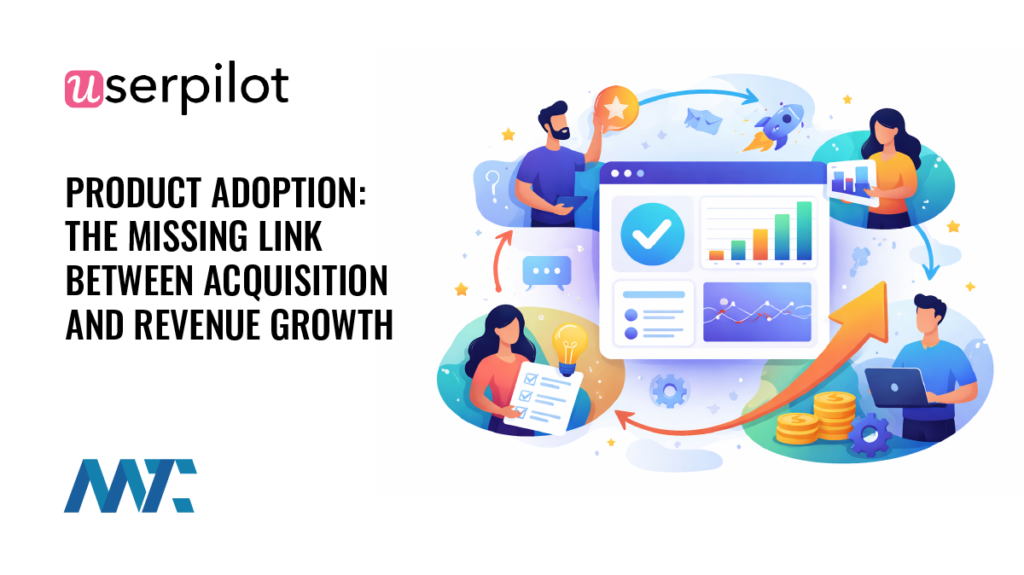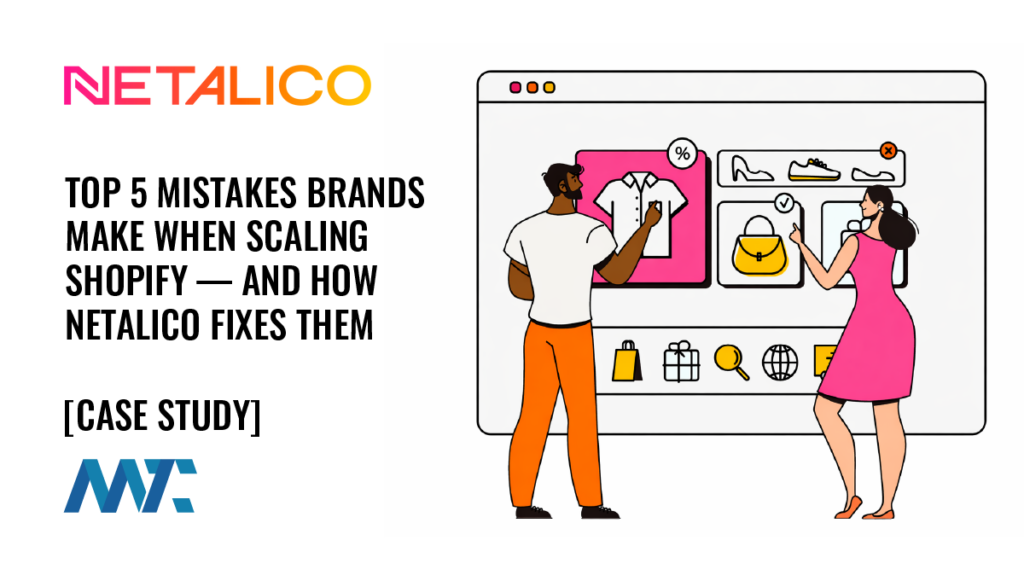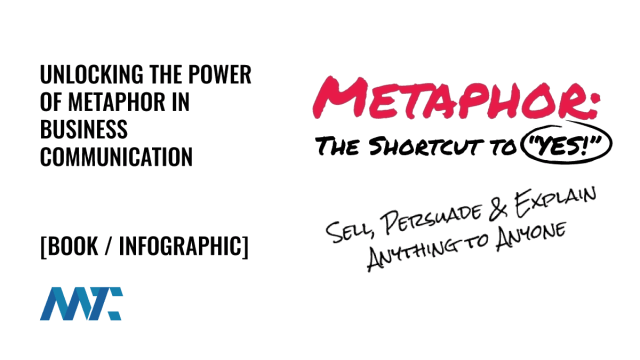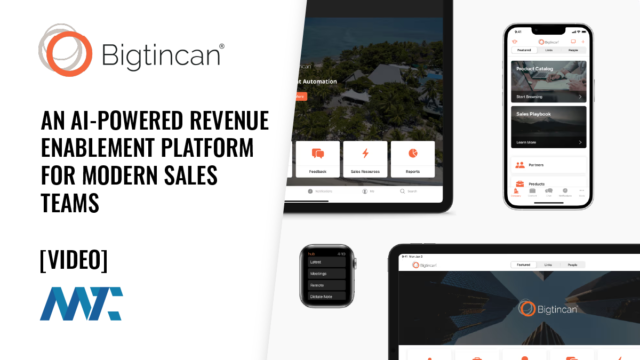Never Lose Sight of Who Pays You

Sometimes, we forget that our customers ultimately pay us.
Look, I feel bad for my friends and colleagues at GM. But I don’t feel sorry for them. They forgot design, they forgot the customer, they forgot R&D, they forgot they are a car company. Their demise was clearly a choice. Not a symptom of our economy, but a choice made in the boardroom at GM… It’s the last gasp of a drowning company. My one hope is that they will be a case study for all those organizations hoping to become as big as GM. The big just crash harder.
Mike Neiss, GM Insider
Substitute [GM] with your business and [car] with your industry. Anything in common? As organizations balloon into corporate juggernauts, staying aligned with customer needs becomes increasingly complex. This article delves into the significance of customer-focused frameworks in marketing and sales and how they can prevent large corporations from the pitfalls of misalignment with customer expectations.
The GM Warning: A Lesson in Customer Focus
General Motors’ story is not just a cautionary tale of a giant’s fall but also a playbook in reverse. The auto giant’s oversight in customer-centric domains—design, R&D, and service—is a stark reminder. They delineated from being a car company to a company that sells cars, a subtle but significant shift that caused a rupture in customer relationships.
Frameworks for Sustaining Customer Centricity
- Integrate Customer Feedback Loops: A robust feedback system ensures customer opinions are heard and acted upon. This can be embedded in the product development cycle, allowing companies to make real-time adjustments.
- Lead with Empathy in Sales and Marketing: Crafting marketing campaigns and sales strategies with empathy leads to a deeper understanding of customer pain points, aspirations, and experiences. It personalizes customer interaction and builds lasting relationships.
- Prioritize User Experience (UX) in Product Design: Every touchpoint should be designed with the customer in mind from the first interaction to the after-sales service. This ensures a seamless, intuitive, and enjoyable experience.
- Commit to Continuous Learning and Adaptation: Market trends and consumer behaviors are in constant flux. A learning framework that regularly updates corporate strategies according to these changes is crucial for relevancy.
- Cultivate a Customer-Centric Culture: Leadership must instill a culture that venerates customer satisfaction above all. Training and incentives should encourage employees to go the extra mile for customers.
- Leverage Data Responsibly: Utilize data analytics to gain insights into customer preferences and behaviors, tailoring products and services to meet the discovered needs.
Several companies stand as testaments to the power of customer focus. Apple, for instance, revolutionizes product design with user experience at its core. Amazon’s customer service benchmarks, with its obsession over customer feedback, have redefined e-commerce.
The Role of Marketing and Sales in Sustaining Focus
The conduit of customer-centricity in any large corporation is its marketing and sales division. They are the front-liners in sensing and responding to market changes. Personalization in marketing and a consultative approach in sales ensure that customers feel valued and understood.
To avoid the fate of GM, corporations must adopt and constantly refine their customer-centric frameworks. As companies grow, they must keep their ears to the ground, listening to the ever-evolving needs of their customers. With the right frameworks, large corporations can ensure that their growth is in size and value to their customers.







